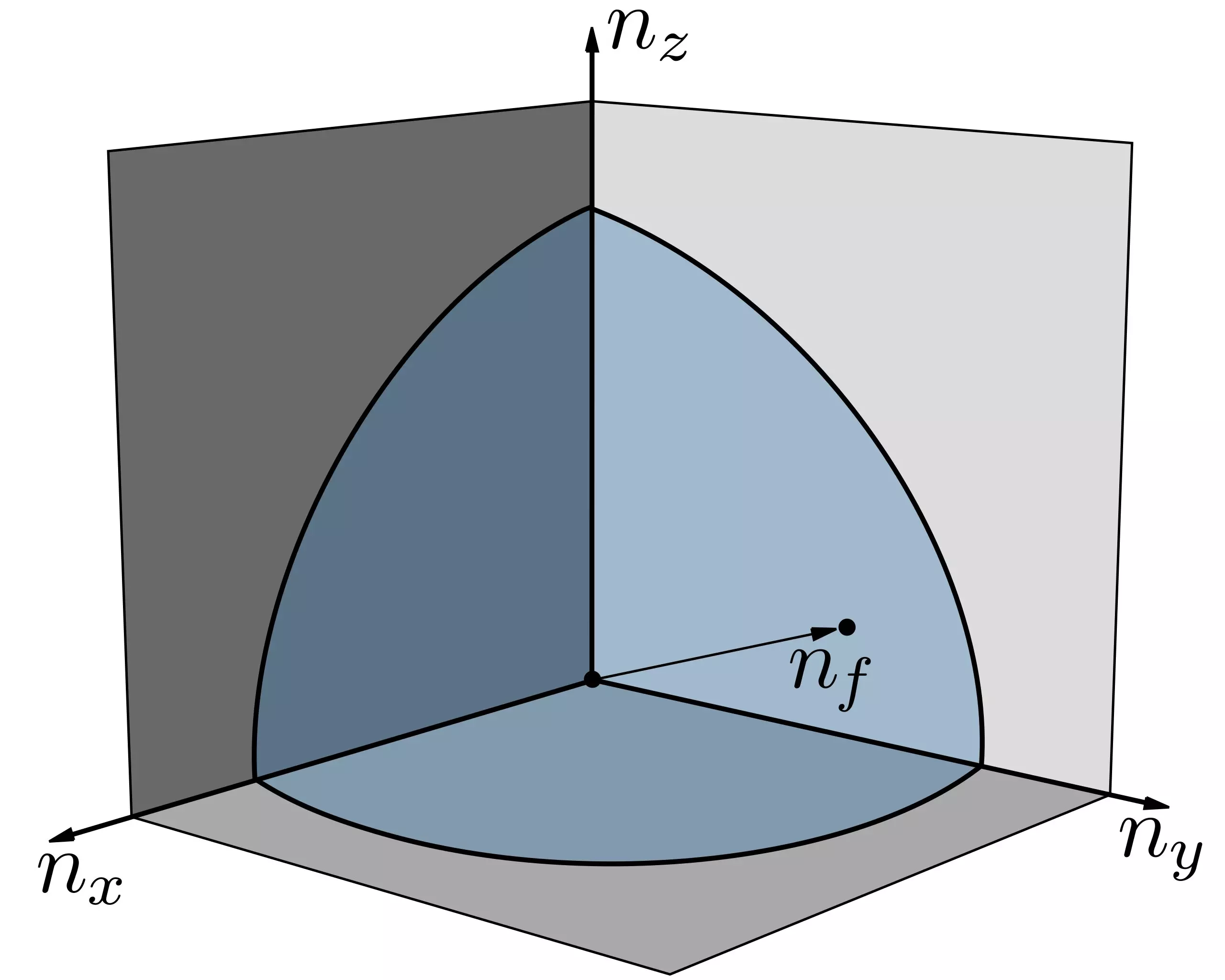In 1960, Joaquin Luttinger presented a groundbreaking statement that established a relationship between the behavior of a system’s low-energy excitations and the total number of particles it can accommodate. This theorem held true not only in systems of independent particles but also in correlated quantum matter with strong interactions between the particles. However, recent research has uncovered instances where Luttinger’s theorem fails, leading to intriguing implications for the behavior of quantum matter.
Unveiling Exotic Correlated Insulators
Parallel to the developments surrounding Luttinger’s theorem, scientists have been dedicated to classifying and characterizing correlated insulating states of matter. The Ishikawa-Matsuyama invariant, a single integer that captures the transport properties of a broad class of topological insulators, emerged as a crucial tool in this classification. It represented a milestone by simplifying the categorization of insulating states in the presence of strong interactions. However, theorists have recently discovered exotic models of correlated insulators that challenge this classification, demanding corrections to the Ishikawa-Matsuyama invariant.
A recent article published in Physical Review Letters by Lucila Peralta Gavensky, Nathan Goldman, and Subir Sachdev uncovers a fundamental connection between the failure of Luttinger’s theorem and the classification of insulating states of matter. The researchers demonstrate that whenever Luttinger’s theorem holds, the Ishikawa-Matsuyama invariant provides a complete characterization of correlated insulators. However, as soon as Luttinger’s theorem is violated, this topological invariant alone becomes insufficient, necessitating additional corrections based on relevant physical quantities.
Shedding Light on Exotic Phenomena
The revelation of the connection between Luttinger’s theorem and the topological classification of quantum matter offers crucial insights into the emergence of exotic phenomena in strongly correlated systems. By understanding the circumstances under which Luttinger’s theorem fails, scientists can gain a deeper understanding of the behavior of quantum matter and the nature of phase transitions. The explicit expressions provided by Gavensky, Goldman, and Sachdev for the necessary corrections to the Ishikawa-Matsuyama invariant start to unravel the complexities of these exotic correlated phases.
The finding that Luttinger’s theorem is intimately linked to topological insulators in correlated quantum matter paves the way for further investigations in the field of condensed matter physics. Scientists can now explore the mechanisms behind the failure of Luttinger’s theorem and the implications it has on the behavior of quantum matter. Additionally, the development of new mathematical tools and theoretical frameworks to account for the required corrections to the Ishikawa-Matsuyama invariant will expand the classification of correlated insulating states and potentially lead to the discovery of novel quantum phenomena.
The failure of Luttinger’s theorem in certain strongly correlated phases of matter challenges our understanding of quantum behavior. The connection established between Luttinger’s theorem and the topological classification of quantum matter offers a fresh perspective on the emergence of exotic phenomena. By investigating the relationship between these two fundamental concepts, scientists are unraveling the complexities of correlated insulators and pushing the boundaries of our knowledge in condensed matter physics.


Leave a Reply